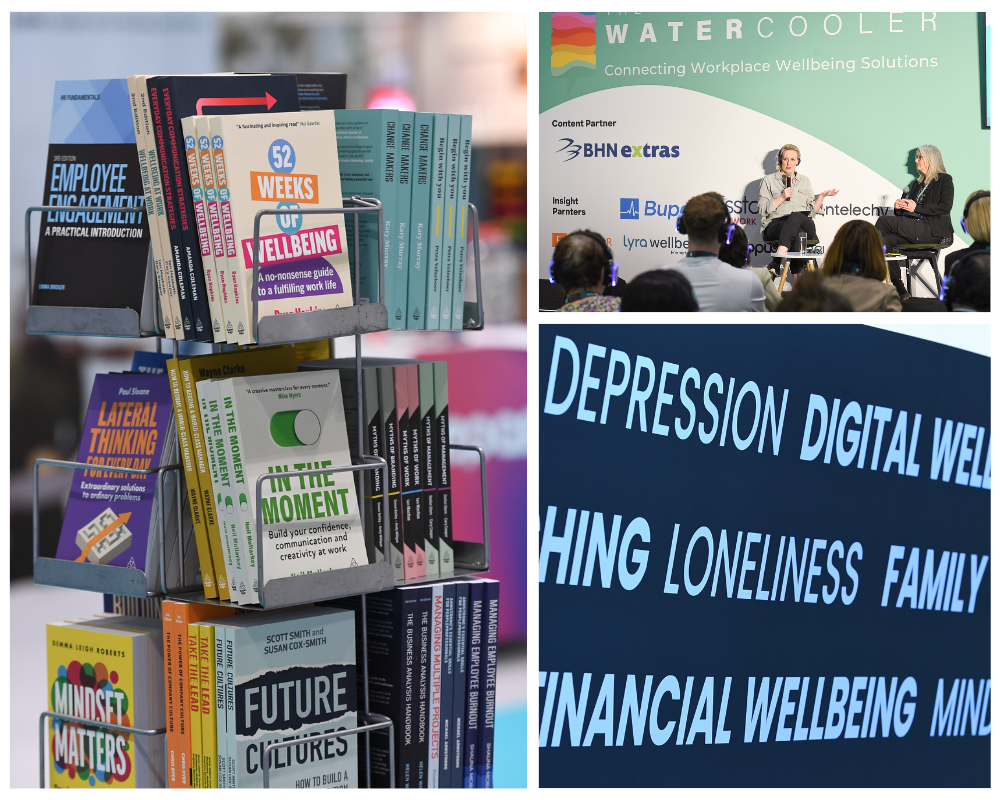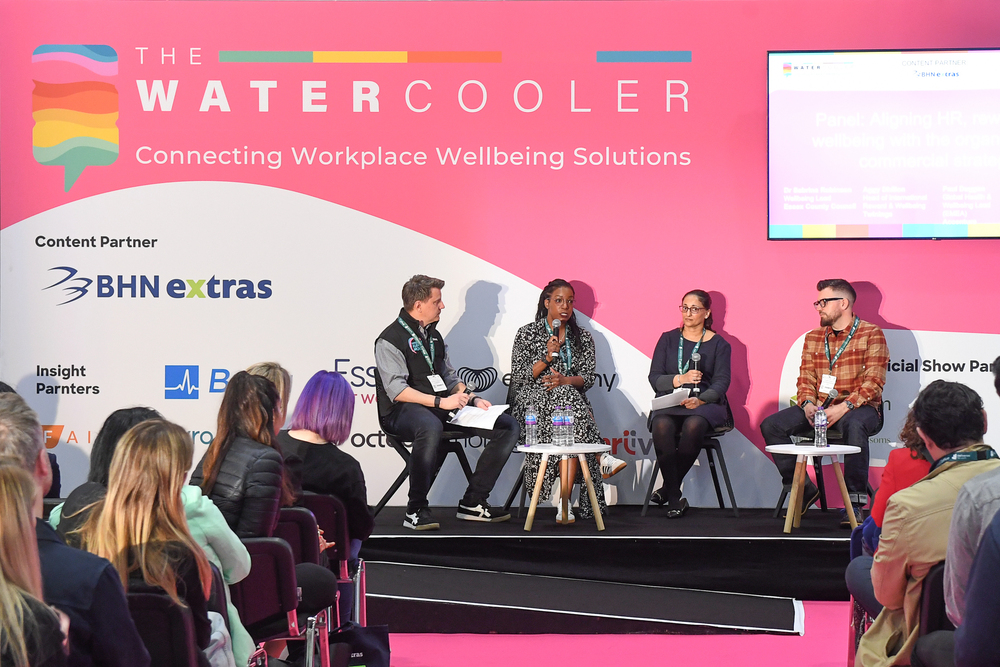In this Q&A with Mariyana Zhou, HR Director at fintech firm 1inch Network, who is speaking about AI at The Watercooler, revealed her struggle in trying to deliver a genuinely flexible and personalised wellbeing benefits package to her employees.
On the back of her comments and challenges, we reached out to leading benefits provider Gethin Nadin, Chief Innovations Officer, Benefex for his response, and his advice on how to get the best out of benefits, and how to make them more flexible and personal.
Don’t confuse choice with personalised support
This is a common mistake Nadin, with some employers falling into the trap of thinking that giving employees many choices is the same as giving them a personalised benefits experience. It isn’t.
As he says:
“To create personalised health and wellbeing experiences, we need to ensure that either employees can customise their experience themselves, or the employer facilitates this personalisation through data.”
True personalisation comes from using data to offer individual employees a benefits experience that is based on their specific preferences and needs. He likens this to the way consumers are already used to be served personalised choices by the likes of online streaming services or the way online book retailers serve up new suggestions:
“A library has a choice of books, but an online bookshop will use your spending history and book ratings to personalise your experience. We (benefits providers) should now be able to surface a benefits experience that is bespoke – so employees are suggested the benefits they may be interested in and shown how certain benefits can help them and their lives.”
Technology should save employers hundreds of hours in terms of admin time
According to Nadin, the average employer spends around 20-25% of the cost of their payroll on benefits, making benefits a huge expense.
“This expense should be managed carefully to get the most out of that investment,” he says, adding the technology is available to save clients a huge amount of time in admin and can “be very effective at delivering high quality, highly engaged benefits schemes”.
Moreover, a good benefits provider, he says, will not push a product on you but will help you to design and build a scheme with as little impact on your and your team as you need.
“Many benefit technologies now offer varying levels of self service, so the employer can flex up and down how much they get involved based on resource their end or appetite to get involved,” he says.
A mindset change towards benefits is necessary if they are really to make the biggest impact
This is a point that Zhou made in her Q&A, and that Nadin agrees with adding that: “We also need more boards and CEOs to understand that benefits are no longer just about reward – they are about talent management, productivity, wellbeing, sustainability, etc.”
As he says, used intelligently, benefits don’t just attract people to an organisation, but they can also be used to attract and retain certain talent pools, and boost employee wellbeing and subsequently productivity.
“They are a core and growing part of an EVP and require us to invest more in them as a result,” he says.
Your benefits provider should be able to advise you on the best benefits to offer
As Nadin says, benefits providers via employers should have access to millions of data points which can give insight on what benefits and benchmarking should exist in a client’s scheme.
“A good provider will not only be able to surface that data to help you choose what benefits to roll out, but they’ll also show you levels of eligibility or entitlement and even predict cost savings – all based on a decade of real customer data. Combining real world data from other, similar employers as well as capturing employee preferences is a strong position to be,” he says.
Good data is key
“You should have benefit specific employee surveys as well as post-enrolment satisfaction surveys. It’s also good practice to get a working group of random employees who can give you qualitative data, not just quantitative,” advises Nadin.
Don’t just consider what your employees want, consider what you want them to have
Again, Nadin makes this point that benefits can drive “better outcomes” for employers, not just employees. As an example, he encourages you to ask the question: what benefits will reduce turnover or lessen absence rates?
Make sure your provider enables you to choose benefits when needs arise
According to Nadin this is really importance and often known as “anytime benefits”. They are set up outside of enrolment periods so employees can still choose them.
Employers should shop around and, even when budgets are tight, approach some of the established players for deals
Nadin concedes that perhaps smaller employers don’t get as much choice or flexibility when it comes to benefits, and there are newer, smaller vendors which operate from fixed choice models with very little customisation. However, he also adds that “many enterprise providers are keen to work with fast growing, small employers too”.
“There are true flexible or online benefit providers, but these are few and far between. Most of the players are now fixed models where an employer chooses from a “set menu”, rather than having a scheme that is as individual and flexible as most employers are,” he says.
Finally…
Finally, in response to Zhou’s comments that smaller vendors tend to be more flexible, he says this doesn’t chime with his experience, in which he’s found the opposite. And, with regard to Zhou’s desire to find a package that will simplify and communicate all the benefits, according to Nadin, this does currently exist, as does “personalised content and communications based on the individual”.
No doubt this will be a hot topic of discussion at The Watercooler, which Zhou will potentially touch on in her session on ‘How to use AI to support wellbeing, HR and grow the employee value proposition’. Watch this space…

















